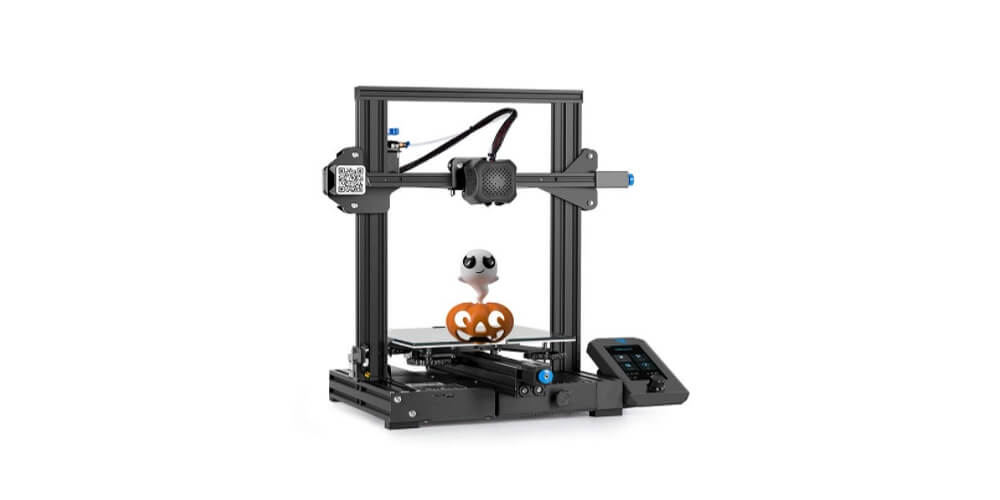3D printing technology keeps growing at a steady pace, and there are many new advancements being adopted. For instance, there are different 3D printers like ender-5 that can work on various materials, such as metals, composites, plastics, and more.
As far as 3D printing is concerned, there are various materials to consider. Each material has its critical features and limitations. Also, there are other factors to take into account, such as texture and cost. There is a need to get the right material for your application. Sometimes it can be challenging to get the right material for your project.
3D Printing Materials
Nylon
Nylon or polyamide is a thermoplastic and widely used plastic material. Ideally, it is used as a 3D printing filament due to its low friction, durability, corrosion resistance, and flexibility. Moreover, it is a great material for manufacturing accessories and clothes.
You should note that nylon is useful for making delicate and complex geometries. In fact, the material is cheaper and regarded to be the strongest plastic. Other distinct properties are the ability to be colored or dyed and minimal warpage. However, it has a limited shelf life of one year, and the material is prone to shrinking when printing.
ABS
ABS is also a thermoplastic that is widely used as a filament in 3D printing. This material is suitable for making household or personal 3D printing. Ideally, this is a cheaper material and easily accessible for 3D printing. The good thing about ABS is that it lasts longer than nylon, and it is available in different colors. Since it is mechanically strong, it is not ideal for hobbyists. ABS is used by engineers and manufacturers in making prototypes.
You should note that ABS material has a higher melting point. Thus, it is prone to warping when it cools. The filament can produce toxic fumes when melted at high temperatures.
Resin
This is another popular 3D printing material. You will find it used with additive manufacturing processes, such as DLP and SLA. There are different classes of resin material, such as flexible resins, tough resins, and castable resins. The good thing about this material is that it is used in various applications, and it has minimal shrinkage. You will find this material to be delicate and rigid with excellent chemical resistance. However, it is expensive and has low shelf-life.
PLA
PLA material is sourced from cornstarch or sugarcane, which are renewable sources. That explains why it is known as “green plastic.” The material is used in 3D printing in schools and colleges, as it is both easy and safe to print with. Moreover, it is used in Fused Deposition Modeling.
With low warping and the ability to be printed on cold surfaces, it has many applications. For instance, you can print it with sharper corners. Also, you will find this material available in different colors. However, the material is not sturdy, especially when it is subjected to high temperatures.
Gold
You can print gold with a 3D printer. Usually, the material is available in powder form, and it is widely used in making jewelry. Common methods used are SLM and DMLS.
